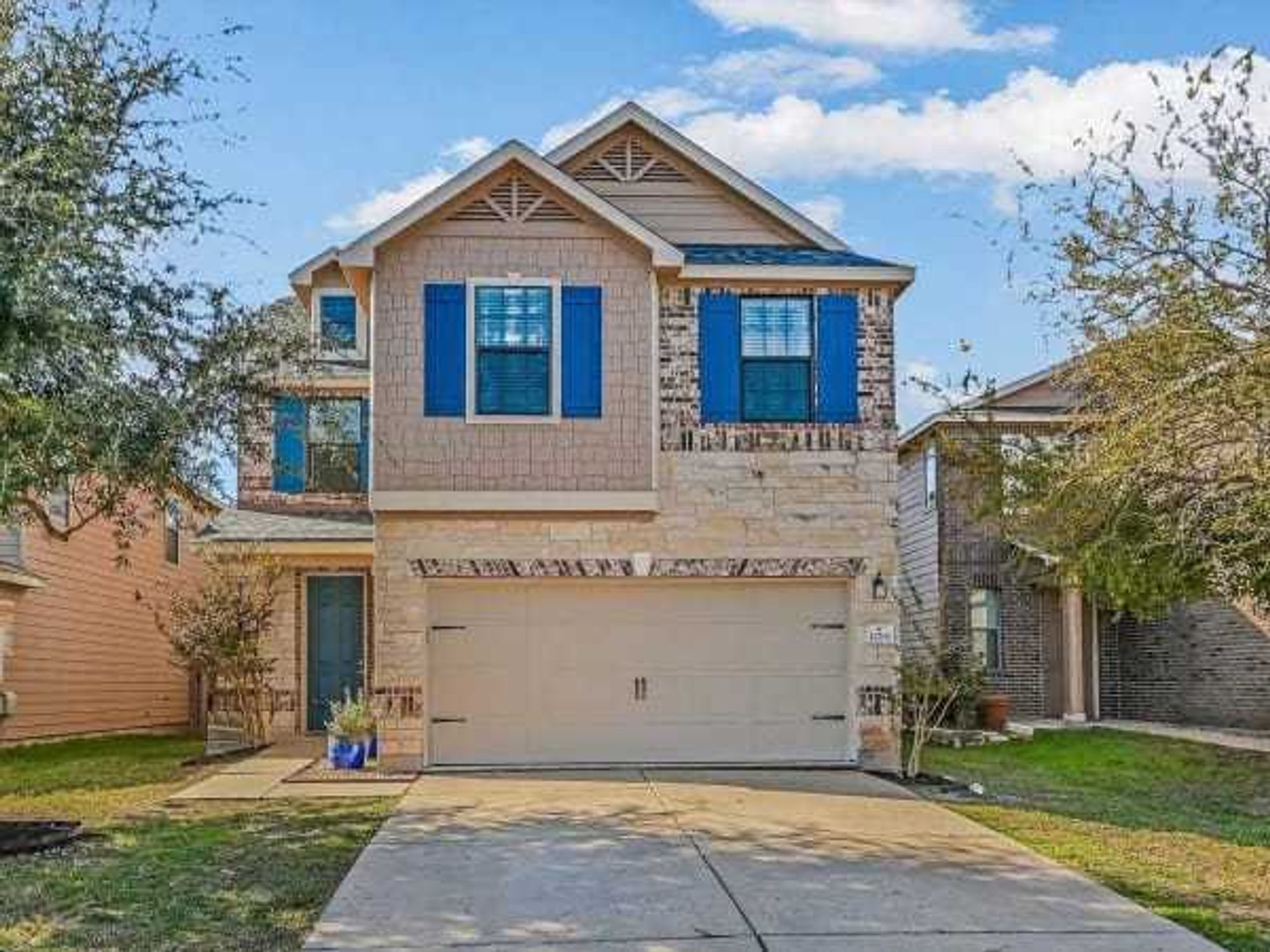renter friendly
North Austin neighbor is the No. 6 best U.S. city for renters in 2024

Only five other U.S. cities are better for renters than Round Rock, a new report says.
Austinites looking for their next apartment or house to rent should consider living in the suburb of Round Rock, which was just ranked the No. 6 best city in the nation for renters.
This is the second year in a row that Round Rock has overshadowed Austin proper — which ranked one spot behind as No. 7 — in RentCafe's "Best Cities for Renters to Live in" report. The apartment rental marketplace annually compares 150 U.S. cities based on their quality of life, local economy, and cost of living and housing opportunities.
Charleston, South Carolina, maintained its position as the No. 1 best city for renters for the second consecutive year. Rounding out the top five top rental markets are Atlanta, Georgia (No. 2), Sarasota, Florida (No. 3), McKinney, Texas (No. 4), and Scottsdale, Arizona (No. 5).
Like other suburbs that made the list, the main characteristics that made Round Rock stand out above the rest are the suburb's "small town feel" and its community-focused residents, according to RentCafe. No coincidence that it was also ranked one of the best places to live in 2023 by Fortune Magazine.
"[Round Rock] ranks third in cost of living and housing nationwide for its lower-than-average cost of living, spacious apartments and high share of newly built units — making it perfect for renters looking to stay within budget," the report said.
RentCafe ranked Round Rock No. 3 nationwide for its high-quality apartments, with the average apartment size coming out 908 square feet, roughly in the middle of all the cities. Approximately 26 percent of all apartments in the city have been built within the last five years, and the suburb's cost of living is 8.3 percent lower than the national average, the report said.
The quality of life in Round Rock earned the city No. 19 out of all 150 cities. The report didn't explain why, but the data found less than half (48.8 percent) of all apartments in the city were based in "top locations" (whatever that means). The city also fell behind for its "local economy" ranking, coming in at No. 30 nationally.
Austin also maintained its position as the No. 7 best rental market in the U.S. for the second consecutive year. The average apartment size in Austin is 864 square feet, which is 44 square feet smaller than the average apartment in Round Rock. About a quarter (23 percent) of all apartments in the city were built within the last five years, and the city's cost of living is nearly one percent lower than the national average, according to RentCafe.
Here's how Austin performed in the study's three main categories out of all 150 cities:
- No. 13 – Local economy rank
- No. 15 – Housing and cost of living rank
- No. 17 – Quality of life rank
San Marcos tops the list for its cost of living and housing
This fast-growing college town between Austin and San Antonio ranked No. 55 overall in RentCafe's report, but took the No. 1 spot nationally in the "cost of living and housing" category.
According to the study's data, San Marcos' cost of living is 9.6 percent lower than the national average, and 21.1 percent of all apartments in the city have been built within the last five years. The average apartment size in the city is 996 square feet, which is the largest average size out of all 18 Texas cities in the report.
However, for whatever makes up for San Marcos' cost of living, the city loses in the "quality of life" category. RentCafe says San Marcos has the worst quality of life out of all U.S. cities, ranking No. 106, without much of an explanation why.
Here's how other Texas cities stacked up among the top 100 in RentCafe's report:
- No. 17 – Plano (down from No. 2 in 2023)
- No. 38 – Denton (down from No. 19 in 2023)
- No. 52 – Midland (no data from 2023)
- No. 53 – Fort Worth (down from No. 37 in 2023)
- No. 57 – Dallas (down from No. 32 in 2023)
- No. 58 – Lubbock (down from No. 43 in 2023)
- No. 65 – San Antonio (down from No. 55 in 2023)
- No. 85 – Amarillo (no data from 2023)
- No. 91 – Waco (unchanged from 2023)
RentCafe used data from their sister site Yardi Matrix to determine each city's ranking based on 20 metrics, including average apartment size, the cost of living and housing, the share of renter-occupied households, renter household median income growth, and more. Cities were chosen if they had an "apartment stock" of a minimum of 10,000 units, and any cities with lower apartment stocks were excluded.
The full report can be found on rentcafe.com.
